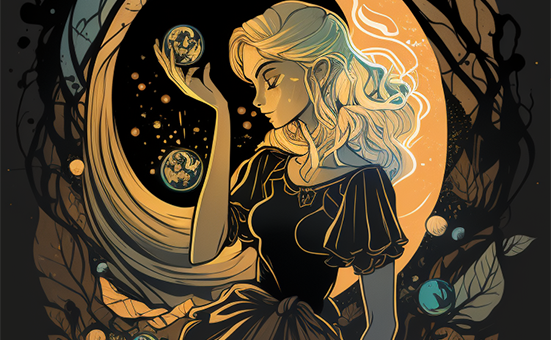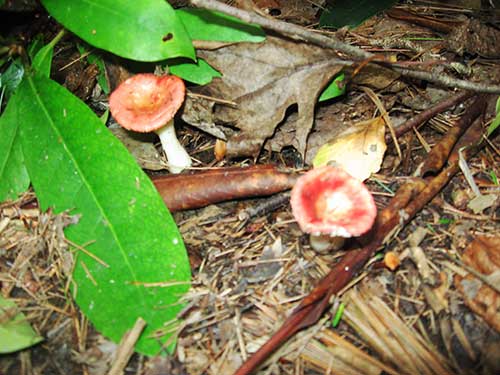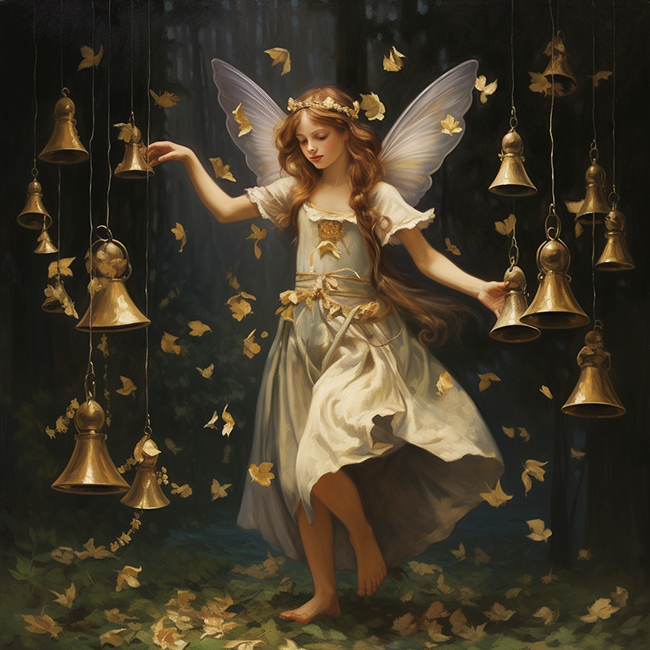
Fairy rings have long inspired awe, curiosity, and even fear among people around the world. These naturally occurring rings of mushrooms emerge from the ground in circular or arc patterns, often appearing overnight.
While science has explanations for how fairy rings form, the folklore and mythology surrounding them lends an air of magic and mystique.

In Celtic, English, and Scandinavian folklore, fairy rings were strongly associated with actual fairies or elf-like creatures. Legends included beliefs that the rings showed where fairies came up from their underground dwellings, or where they danced in a circle, trampling the earth.
Entering a fairy ring could mean being whisked away to the fairy realm, or being cursed by the fairies in some tales.
Other folklore considers fairy rings sacred sites. Finnish mythology held that the rings showed where gods had come down to earth. In France, they were called “sorcerers’ rings” and people avoided entering them for fear of death or misfortune. Stories across cultures warned of the potential perils of interacting with fairy rings.

Scientifically speaking, fairy rings form through the ongoing outward growth of fungus mycelium under the soil. As the mycelium stretches out nutrient supplies in the center die off, resulting in the ring pattern as mushrooms emerge from the periphery. Some fairy rings swell enormously over time, occupying spaces up to 600 feet wide.
The most common fairy ring mushroom is from the species Marasmius oreades. These mushrooms are edible, leading to the alternative name “fairy ring champignon.” While they may look supernatural, fairy rings have down-to-earth explanations. But their connection to ancient myths and folklore imbues fairy rings with magic that science cannot dispel.

